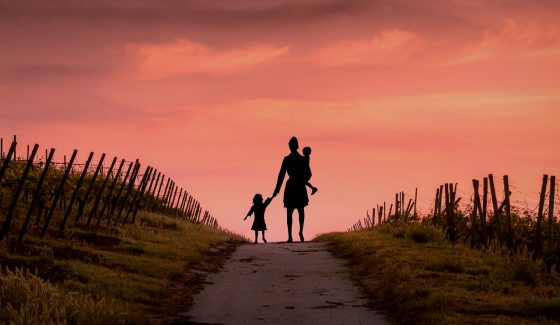 The mainstream media keeps trying to convince us that things are about to get a whole lot better for the U.S. economy, but instead they just keep getting worse. On Thursday, we learned that another 898,000 Americans filed new claims for unemployment benefits last week. That was the highest number that we have seen since August, and it is yet more evidence that a new wave of layoffs has begun. But according to the experts that the mainstream media relies upon, this wasn’t supposed to happen. According to them, the number of Americans filing for unemployment benefits was supposed to be steadily tapering off as the U.S. economy shifted into recovery mode. Unfortunately for all of us, those experts have been dead wrong.
The mainstream media keeps trying to convince us that things are about to get a whole lot better for the U.S. economy, but instead they just keep getting worse. On Thursday, we learned that another 898,000 Americans filed new claims for unemployment benefits last week. That was the highest number that we have seen since August, and it is yet more evidence that a new wave of layoffs has begun. But according to the experts that the mainstream media relies upon, this wasn’t supposed to happen. According to them, the number of Americans filing for unemployment benefits was supposed to be steadily tapering off as the U.S. economy shifted into recovery mode. Unfortunately for all of us, those experts have been dead wrong.
Yesterday, I wrote about the decline of the middle class in our country, and here in 2020 this pandemic has greatly accelerated that process.
In fact, one new study has found that almost 8 million more Americans have plunged into poverty just since May…
Nearly 8 million Americans have slid into poverty since May, according to a Columbia University study reported by the New York Times.
Why it matters:The researchers found that the monthly poverty rate for September was higher than rates during April or May, and it also topped pre-crisis levels, “[d]ue to the expiration of the CARES Act’s stimulus checks and $600 per week supplement to unemployment benefits.”
And another study discovered that 6 million more Americans fell into poverty in just the last three months…
A separate study by researchers at Notre Dame and the University of Chicago, found that 6 million people have slipped into poverty in the last three months, per the Times.
Our hearts should be breaking because of what is going on all over the country right now.
Millions upon millions of hard working people have lost their jobs and can’t find new ones. As a result, they have lost the comfortable middle class lifestyles that they once enjoyed and have now joined the ranks of the poor.
But the official government numbers don’t look that bad because millions of those people are not even categorized as “unemployed”. Instead, many of the workers that have lost their jobs during this pandemic have been thrown into a category that is called “not in the labor force”.
In order to have faith in the official government numbers, you have got to believe that more than 100 million working age Americans are “not in the labor force” because they don’t want to work.
It is such a sham. Why don’t we just put every single American that is not working into the “not in the labor force” category so that we can have 0.0 percent unemployment?
Wouldn’t that be wonderful?
Of course the truth is that more Americans are being laid off with each passing day. Over the past few weeks, some of the most iconic companies in the entire nation have been letting workers go…
Further, companies have begun initiating layoffs on a trajectory similar to traditional recessions, economists said, as slowdowns in consumer demand (rather than state-mandated shutdowns) lead them to cut jobs or close for good.
Companies such as Allstate, American Airlines, Disney, Royal Dutch Shell and United Airlines have each announced plans to cut thousands of workers in recent weeks.
Some parts of the country have been hit much harder than others by this economic downturn.
For instance, tourism has dried up almost completely in Las Vegas, and this week there have been more layoff announcements…
The Tropicana Las Vegas has given notice to 828 employees that they are being laid off beginning Thursday, Oct. 15.
And layoffs at two Paris Las Vegas restaurants are coming soon as notices have been filed with the state. Mon Ami Gabi intends to lay off 96 employees, and the Eiffel Tower Restaurant will lay off 53 employees. Both moves are scheduled to happen on Dec. 16, and the layoffs will be permanent.
In the end, most of the jobs that have been lost in Las Vegas will never come back until the tourists return, and that is simply not going to be happening for the foreseeable future.
Next door, the state of California has been absolutely devastated by this crisis as well.
If you can believe it, one out of every four Californians received unemployment benefits between March and July. The state may have more billionaires than anywhere else in the country, but according to the U.S. Census Bureau it also has the highest poverty rate…
Home to 166 billionaires, who made over $235 billion since the beginning of the pandemic, the Golden State also has the highest poverty rate: 17.2% when adjusted for the cost of living, according to a recent Census Bureau analysis.
That means that almost one out of every five people in the entire state of California is living in poverty right now.
If this is what a “recovery” looks like, I would hate to see what the “bad times” are going to look like.
And without a doubt, economic conditions are definitely going to get worse than they are now.
So many families in California are just barely scraping by from month to month, and more of them are falling into poverty every day. In fact, even USA Today is admitting that “California’s middle class isn’t done shrinking”…
To many, the streets of the Bay Area are renowned for the enduring homelessness crisis as much as for the renowned tech giants of Silicon Valley. In-between, California’s middle class isn’t done shrinking; teachers, artists, waiters and gig workers are awaiting their fate, often one government program away from having to take a minimum-wage job — or lose their homes.
It is kind of ironic. Many of those that live in California like to lecture the rest of us about “wealthy inequality”, but it is worse in their state than anywhere else.
Those at the very, very top of the pyramid are thriving (for now), but meanwhile countless others are falling out of the middle class.
It is like a really perverse game of musical chairs. Every time the music stops, more people lose their seats and the middle class shrinks some more.
Sadly, I think that this process is going to accelerate even more in 2021, and that is really bad news for millions upon millions of middle class American families that are deeply struggling right now.
***Michael’s new book entitled “Lost Prophecies Of The Future Of America” is now available in paperback and for the Kindle on Amazon.***
About the Author: My name is Michael Snyder and my brand new book entitled “Lost Prophecies Of The Future Of America” is now available on Amazon.com. In addition to my new book, I have written four others that are available on Amazon.com including The Beginning Of The End, Get Prepared Now, and Living A Life That Really Matters. (#CommissionsEarned) By purchasing the books you help to support the work that my wife and I are doing, and by giving it to others you help to multiply the impact that we are having on people all over the globe. I have published thousands of articles on The Economic Collapse Blog, End Of The American Dream and The Most Important News, and the articles that I publish on those sites are republished on dozens of other prominent websites all over the globe. I always freely and happily allow others to republish my articles on their own websites, but I also ask that they include this “About the Author” section with each article. The material contained in this article is for general information purposes only, and readers should consult licensed professionals before making any legal, business, financial or health decisions. I encourage you to follow me on social media on Facebook and Twitter, and any way that you can share these articles with others is a great help. During these very challenging times, people will need hope more than ever before, and it is our goal to share the gospel of Jesus Christ with as many people as we possibly can.


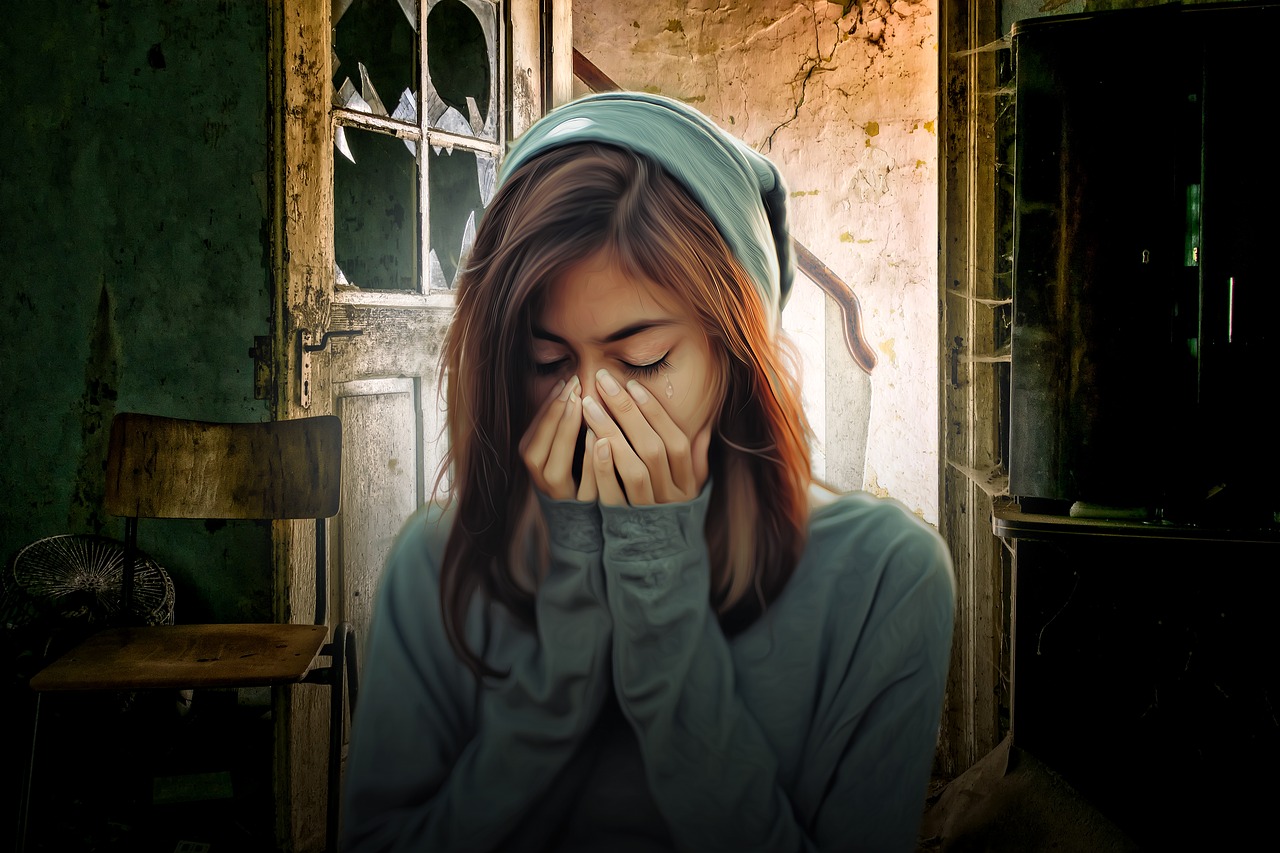
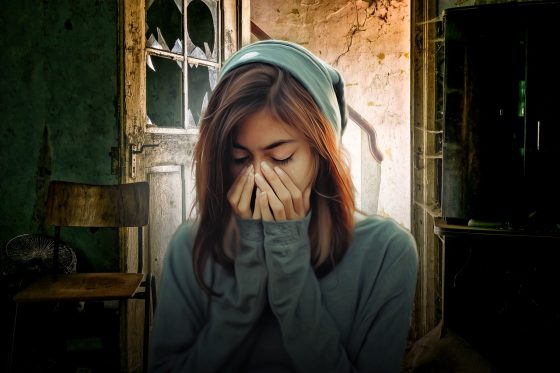






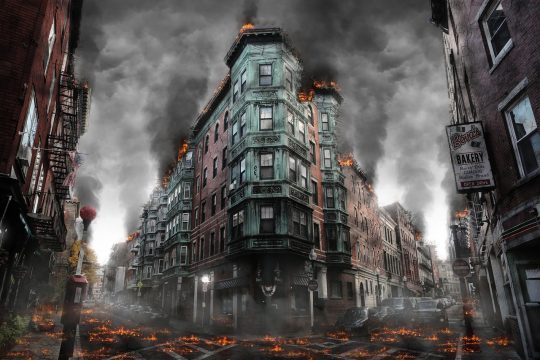 Is the mainstream media overhyping the economic impact of the government shutdown for political purposes? Of course they are. Once upon a time the mainstream media in the United States at least attempted to maintain a facade of objectivity, but those days are long gone. In this case, they want to stir up as much public resentment against President Trump as possible in order to try to force him to end the government shutdown. And when NBC News breathlessly declared that the U.S.
Is the mainstream media overhyping the economic impact of the government shutdown for political purposes? Of course they are. Once upon a time the mainstream media in the United States at least attempted to maintain a facade of objectivity, but those days are long gone. In this case, they want to stir up as much public resentment against President Trump as possible in order to try to force him to end the government shutdown. And when NBC News breathlessly declared that the U.S. 
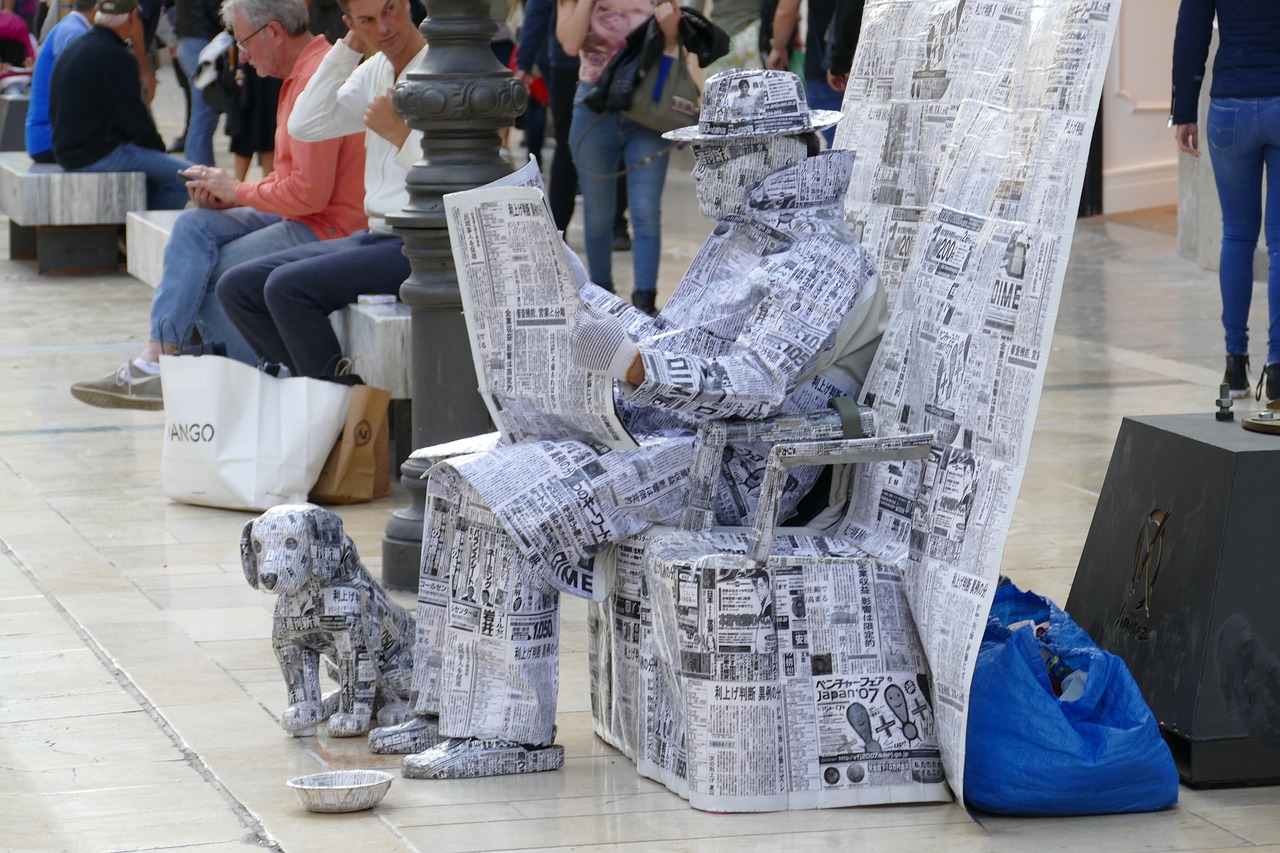
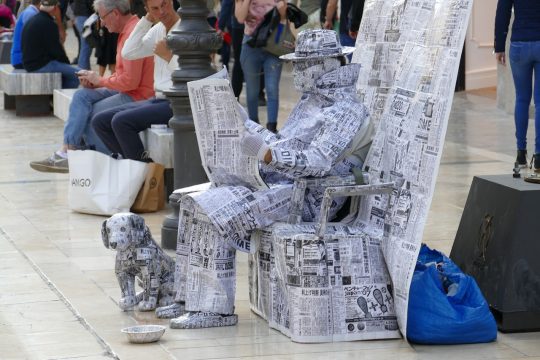 In just a few days, this will officially be the longest government shutdown in U.S. history, and there is no end in sight. President Trump is pledging that he will not sign any spending bill unless it includes funding for a border wall, and the Democrats are promising their supporters that they will never agree to a single penny for a wall. This could be the confrontation that ends up defining Trump’s presidency, and whoever backs down now is going to look incredibly weak. But the longer this shutdown lasts, the more painful things are going to become for the hundreds of thousands of federal workers that are going without pay, and for the hundreds of thousands of workers that are employed by government contractors that rely on business from the federal government.
In just a few days, this will officially be the longest government shutdown in U.S. history, and there is no end in sight. President Trump is pledging that he will not sign any spending bill unless it includes funding for a border wall, and the Democrats are promising their supporters that they will never agree to a single penny for a wall. This could be the confrontation that ends up defining Trump’s presidency, and whoever backs down now is going to look incredibly weak. But the longer this shutdown lasts, the more painful things are going to become for the hundreds of thousands of federal workers that are going without pay, and for the hundreds of thousands of workers that are employed by government contractors that rely on business from the federal government.


